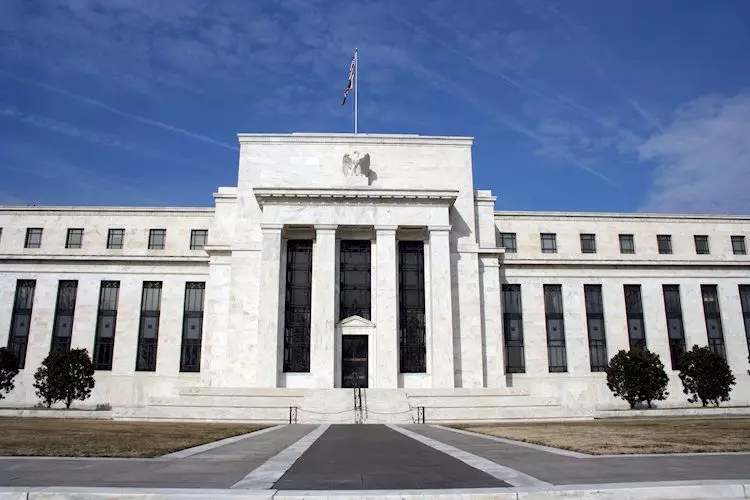Neel Kashkari, the President of the Federal Reserve Bank of Minneapolis, offers an optimistic yet cautious perspective on the current state of the US economy. His insights come at a time when the nation is grappling with the complex dual objectives of curbing inflation while simultaneously fostering a robust job market. According to Kashkari, the economy has demonstrated remarkable resilience, managing to stay strong in the face of rising inflationary pressures. However, he warns that we are “not all the way home” in terms of achieving the Federal Reserve’s inflation target of 2%. This sentiment reflects a broader consensus that while progress has been made, the road ahead requires diligence and further data before any significant policy changes, such as interest rate cuts, can be confidently considered.
An emerging concern for businesses is the potential disruption caused by shifts in immigration policies, particularly regarding deportations. Kashkari highlighted that if companies begin to lose employees due to immigration enforcement, it could create operational challenges. The resolution lies at the intersection of the business community and Congress, which must collaboratively navigate these changes. The uncertainty surrounding immigration policies could pose long-term implications not only for individual businesses but also for segments of the economy reliant on a diverse workforce. Thus, continuing to monitor these developments is crucial for economic stakeholders.
While the immediate focus of the Federal Reserve is addressing inflation, there remains a significant long-term challenge presented by federal debt and deficits. Acknowledging this issue is essential, as unchecked debt can have detrimental effects on economic stability. Although Kashkari did not elaborate on specific strategies to address government finances, it is clear that fiscal responsibility will be a pivotal area of focus as the economy evolves. The implications of a mounting deficit could influence the Fed’s monetary policy decisions in the future, particularly if these fiscal challenges begin to intertwine with inflationary pressures.
Understanding the workings of the Federal Reserve is critical to appreciating how monetary policy directly influences the economy. With a dual mandate of achieving price stability and promoting full employment, the Fed utilizes interest rate adjustments as its primary tool. Raising rates discourages borrowing, which can help cool down an overheating economy, yet come with the risk of stifling growth if applied too aggressively. Conversely, lowering interest rates is aimed at stimulating the economy when inflation falls below the target or when unemployment is unacceptably high. This delicate balancing act serves as a backdrop to the current economic discourse, with instituting the right interest rate at the right time being a cornerstone of economic management.
With the US Dollar Index reflecting slight gains, it indicates a market reaction that often accompanies changes in the Fed’s stance on monetary policy. When interest rates are raised, the dollar typically gains strength as it becomes a more attractive investment. Yet, a decline in rates could weaken the dollar, influencing market dynamics globally. Investors remain observant of the Fed’s upcoming decisions, knowing that shifts in policy can have broad repercussions for economic performance and currency strength. This investor sentiment plays a crucial role, as it can either bolster confidence in the economy or trigger a more cautious approach depending on perceived risks around inflation and employment.
The Federal Reserve’s toolkit extends beyond traditional interest rate adjustments to include unconventional measures such as Quantitative Easing (QE) during economic downturns. This significant policy intervention was notably employed during the Great Financial Crisis, where the Fed infused liquidity into the financial system by purchasing high-grade bonds. While QE aims to stimulate the economy, it often results in a weaker dollar, prompting discussions around its potential long-term consequences. Conversely, Quantitative Tightening (QT) reverses this process and is generally seen as positive for the dollar’s value, by appreciating its strength. Understanding these mechanisms is vital not only for policymakers but also for investors and economic analysts alike as they assess the shifting landscape of US monetary policy.
While the US economy exhibits notable strength, careful navigation of inflation concerns, immigration policies, and fiscal challenges will define the trajectory ahead. The Fed’s responses will require ongoing scrutiny from both policymakers and market participants as the interplay of these factors unfolds.

